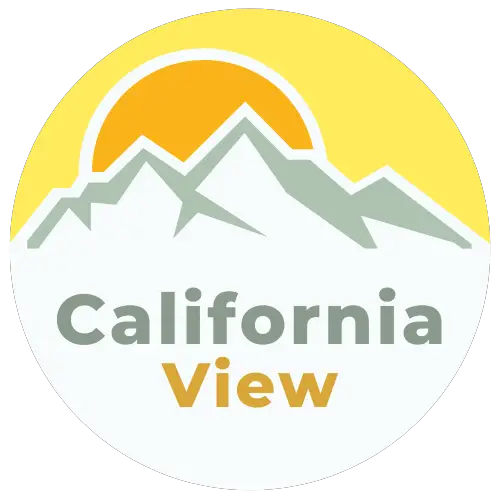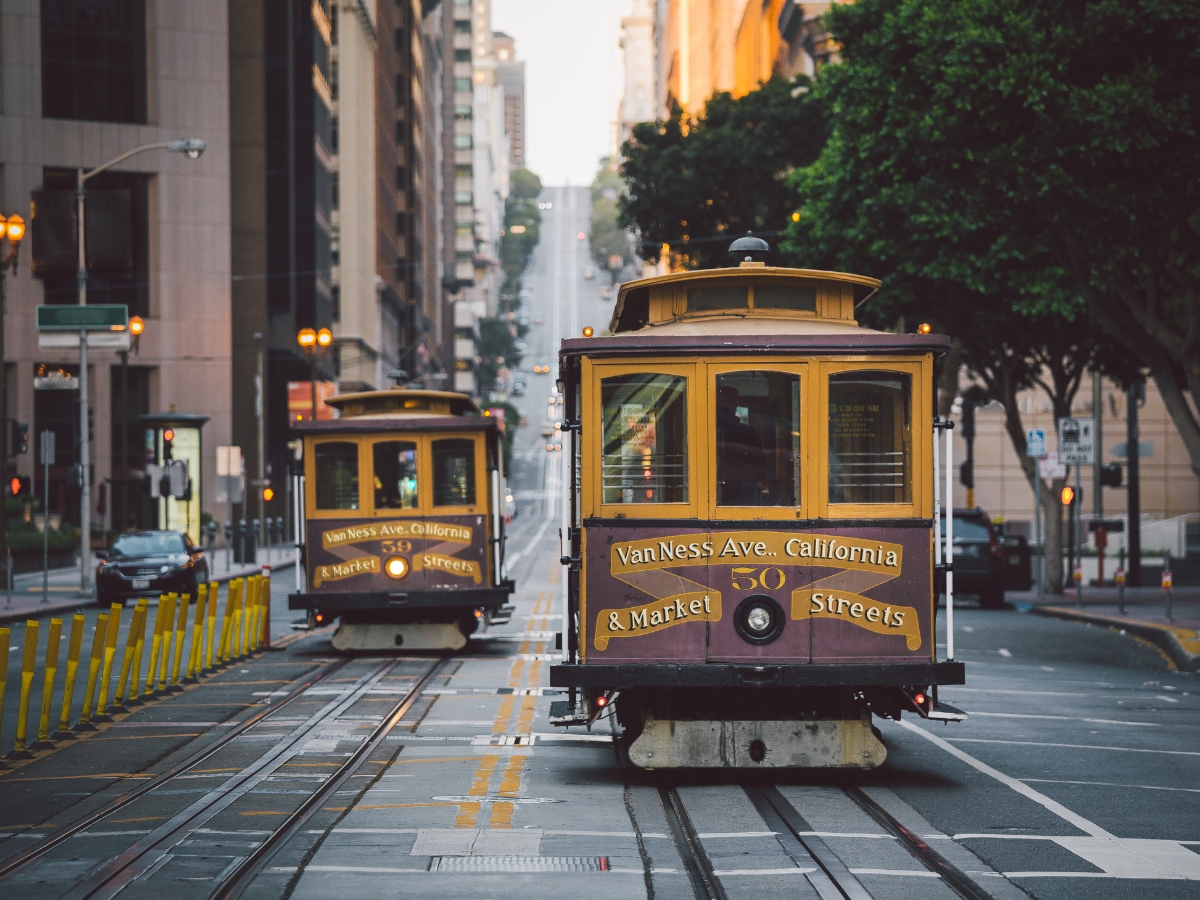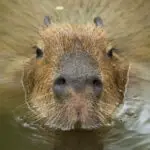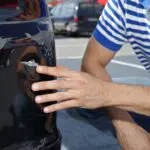In California, turning right on a red light is common for drivers. However, it is essential to understand the rules and regulations that come with this maneuver. According to Section 21453 of the California Legislature, a driver facing a steady red signal can turn right if they come to a complete stop before entering the intersection and yielding to other vehicles. It is important to note that this only applies if no sign prohibits turns.
When approaching an intersection in California, it is essential to understand the traffic signals and signs. A red traffic signal light means stop, and drivers must yield to pedestrians, bicyclists, and other nearby vehicles that may have the right-of-way.
If there is no sign prohibiting a turn, a driver must come to a complete stop before turning right on a red light or left from a one-way street onto a one-way street. It is essential to follow these rules and exercise caution when making a right turn on red.
Overall, understanding the rules and regulations of turning right on red in California is crucial for safe and legal driving. By coming to a complete stop and yielding to other vehicles, drivers can make this maneuver safely and efficiently.
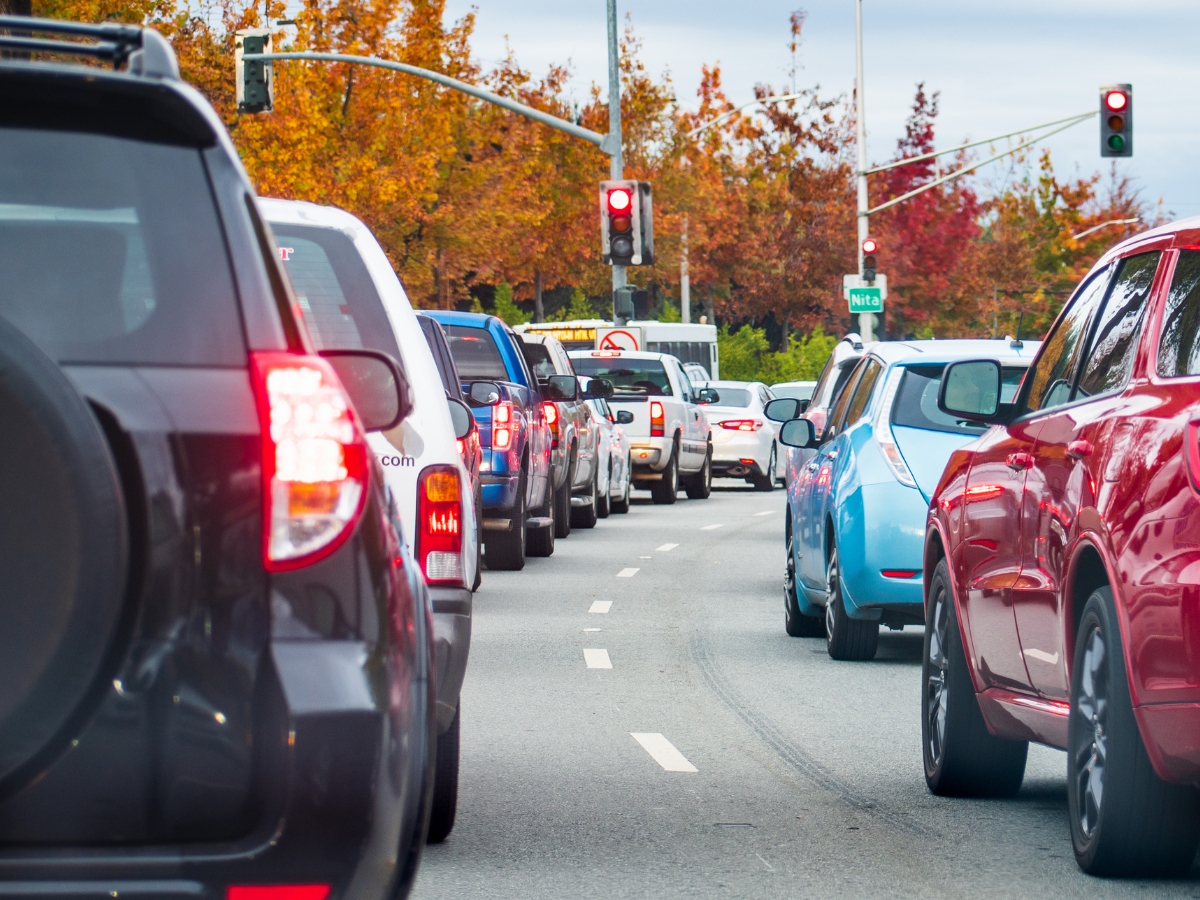
Understanding the Traffic Laws in California
Right Turn on Red Lights
California is one of the states in the US that allows drivers to turn right on a red light, provided that certain conditions are met. According to Section 21453 of the California Vehicle Code, drivers facing a steady red signal alone must stop at a marked limit line, or before entering the crosswalk on the near side of the intersection. If there is no crosswalk, then drivers must stop before entering the intersection.
Once stopped, drivers must remain stopped until an indication to proceed is shown, except as provided in subdivision (b). If there is no sign prohibiting turns, drivers can turn right on a red light after making a full stop at the intersection and yielding to other vehicles and pedestrians.
It is important to note that drivers cannot turn right on a red arrow signal. A red arrow means stop, and drivers must remain stopped until a green traffic signal light or green arrow appears.
Left Turn on One-Way Street
In California, drivers are allowed to make a left turn on a red light when turning from a one-way street onto another one-way street. This is also subject to certain conditions. According to Section 21453 of the California Vehicle Code, drivers must first come to a complete stop at the intersection and yield to other vehicles and pedestrians.
If there is no sign prohibiting turns, drivers can turn left on a red light after making a full stop at the intersection and yielding to other vehicles and pedestrians.
It is important to remember that turning left on a red light is only allowed when turning from a one-way street onto another one-way street. Drivers cannot turn left on a red light when turning onto a two-way street.
In summary, it is important to understand the traffic laws in California when it comes to making turns on red lights. Drivers must come to a complete stop at the intersection and yield to other vehicles and pedestrians before making a turn. By following these laws, drivers can ensure the safety of themselves and others on the road.

The Role of Drivers and Pedestrians
Driver’s Responsibilities
When it comes to turning right on red in California, drivers have a few responsibilities to ensure the safety of pedestrians and other drivers. According to the California DMV, drivers must come to a complete stop before turning right on a red light. Drivers must also yield the right-of-way to pedestrians in crosswalks and other nearby vehicles that may have the right-of-way.
It is important to note that even if the light is green, drivers must still yield the right-of-way to pedestrians in crosswalks. Failure to do so can result in a traffic violation and a hefty fine.
Pedestrian’s Rights
Pedestrians have the right to cross the street safely, and drivers must yield to pedestrians in crosswalks. In California, pedestrians have the right-of-way at all marked and unmarked crosswalks.
Unfortunately, pedestrian deaths are a common occurrence in California, and many of these deaths occur at crosswalks. It is important for drivers to be aware of their surroundings and to always yield to pedestrians, even if they have the right-of-way.
In summary, drivers must always come to a complete stop before turning right on a red light, yield the right-of-way to pedestrians in crosswalks, and be aware of their surroundings. Pedestrians have the right-of-way at all marked and unmarked crosswalks and must be given enough time to cross the street safely. By following these guidelines, we can work together to reduce traffic deaths and keep our streets safe for everyone.
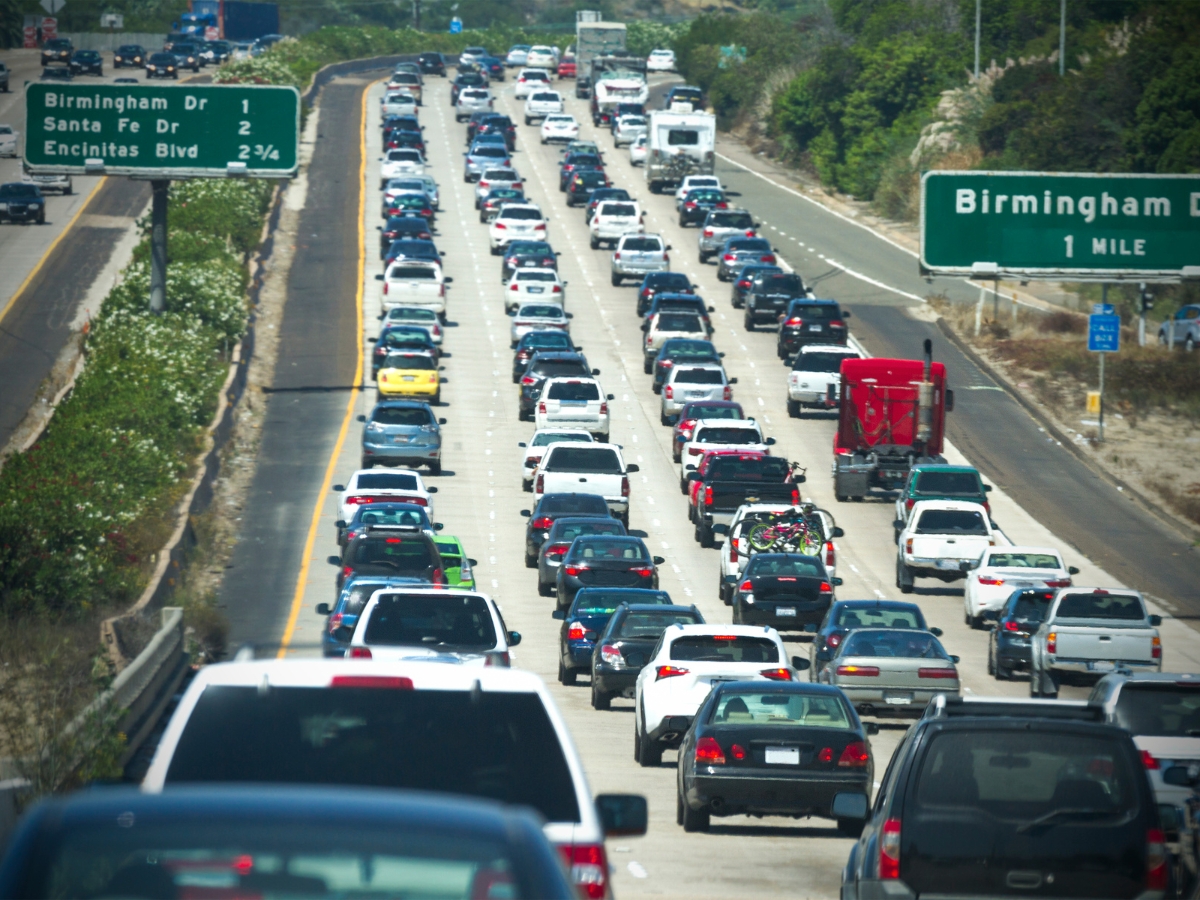
Risks and Penalties of Illegal Turns
Risk of Accidents
Making an illegal turn can lead to accidents, as other drivers and pedestrians may not expect a vehicle to suddenly turn when it is not supposed to. This can result in collisions, injuries, and even fatalities. It is important to always follow traffic laws and signals to ensure the safety of everyone on the road.
Penalties for Traffic Violations
Running a red light or making an illegal turn in California can result in fines and penalties. The exact amount of the fine can vary depending on the specific violation and the location. In addition to the fine, points may be added to the driver’s license, which can lead to higher insurance rates and even license suspension.
In some cases, red light cameras may be used to catch drivers who violate traffic laws. These cameras take photos of the vehicle and license plate, and the owner of the vehicle may receive a citation in the mail. It is important to note that these citations are still considered traffic violations and can result in fines and penalties.
It is also important to be aware that making an illegal turn can be considered a moving violation, which can have consequences beyond just the fine and points on the license. For example, it may impact a person’s eligibility for certain jobs or professional licenses.
Overall, it is important to always follow traffic laws and signals to ensure the safety of everyone on the road and to avoid fines and penalties for traffic violations.

Specific Cases in Major Cities
San Francisco and Los Angeles
In San Francisco, right turns on red are generally allowed unless there is a sign indicating otherwise. However, there are some intersections where right turns on red are prohibited, so it’s important to be aware of signs and signals. In Los Angeles, right turns on red are generally allowed, but there are some intersections where they are prohibited. It’s important to be aware of signs and signals and to come to a complete stop before turning.
Berkeley and San Jose
In Berkeley, right turns on red are generally allowed unless there is a sign indicating otherwise. However, there are some intersections where right turns on red are prohibited, so it’s important to be aware of signs and signals. In San Jose, right turns on red are generally allowed, but there are some intersections where they are prohibited. It’s important to be aware of signs and signals and to come to a complete stop before turning.
New York City and Washington, D.C.
In New York City, right turns on red are generally prohibited unless there is a sign indicating otherwise. In Washington, D.C., right turns on red are generally allowed unless there is a sign indicating otherwise. However, there are some intersections where right turns on red are prohibited, so it’s important to be aware of signs and signals.
It’s important to note that laws and regulations may vary from city to city and even from intersection to intersection. Always be aware of your surroundings and pay attention to signs and signals. If you are unsure whether you can make a right turn on red, it’s best to err on the side of caution and wait for the green light.
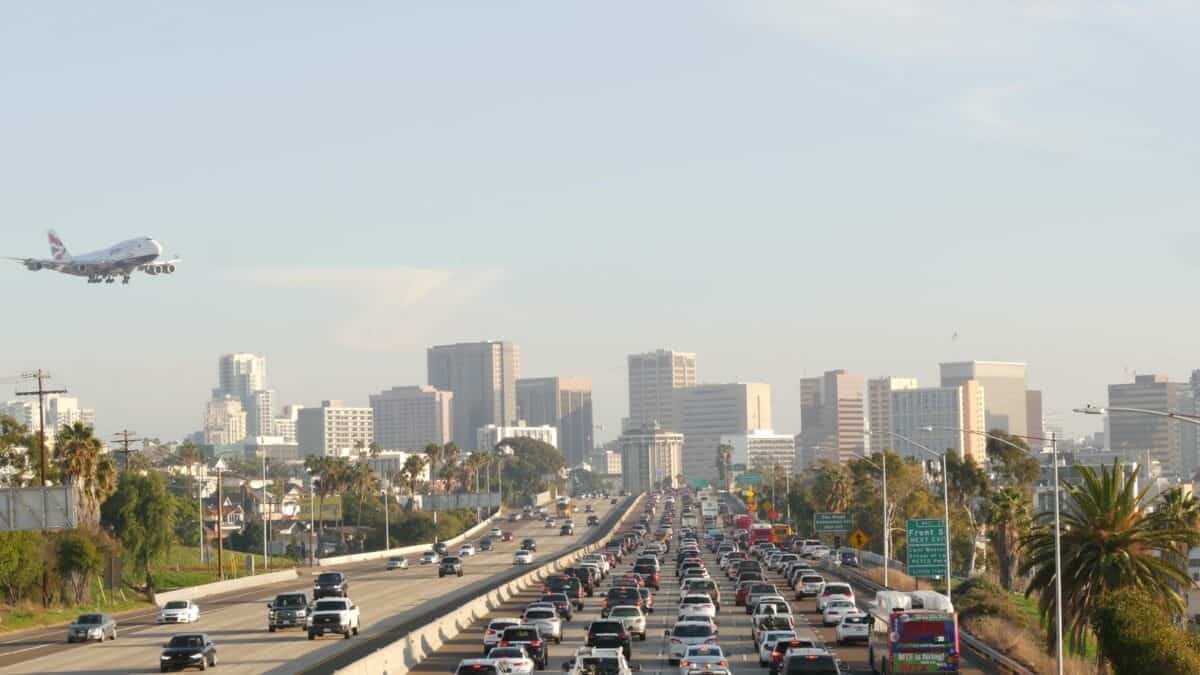
Traffic School and Legal Assistance
Benefits of Traffic School
Attending traffic school can be a beneficial option for drivers who have received a traffic violation, such as running a red light. Completing traffic school can help to keep points off of your driving record, which can help to avoid increased insurance rates and potential license suspension.
In California, drivers are eligible to attend traffic school for certain violations, including running a red light, if they meet certain criteria. These criteria include having a valid driver’s license, not already having attended traffic school within the past 18 months, and not having committed a violation that carries a mandatory court appearance.
Attending traffic school can also provide valuable education on safe driving practices and California traffic laws. This knowledge can help to prevent future violations and improve overall driving behavior.
When to Consult an Attorney
In some cases, it may be beneficial to consult with an attorney regarding a red light violation. This may be particularly true if the violation resulted in an accident or injury, or if there are extenuating circumstances surrounding the violation.
An attorney can provide guidance on the legal options available and can help to navigate the court process. They can also provide representation in court, which can be especially helpful for drivers who are facing more serious consequences, such as license suspension or revocation.
It is important to note that consulting with an attorney can be costly. However, in some cases, the potential benefits may outweigh the cost.
Overall, whether to attend traffic school or consult with an attorney will depend on the specific circumstances of the violation and the driver’s individual needs and preferences.
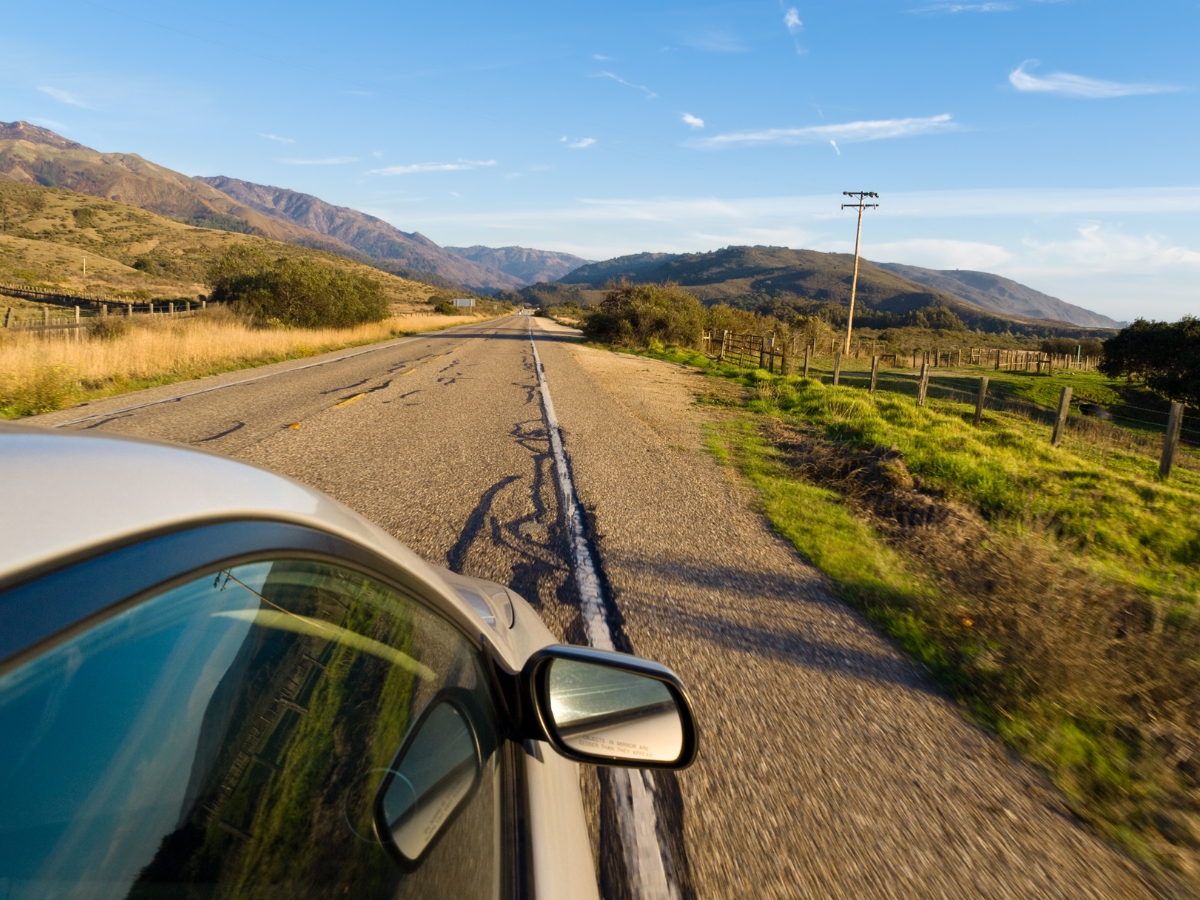
Pilot Programs and Future Changes
California has been at the forefront of pilot programs aimed at deprioritizing car use and promoting alternative modes of transportation. These programs have been met with mixed reactions, with some drivers appreciating the convenience and others pushing back against changes that they perceive as inconvenient.
One such program is the Road Mileage Tax Pilot Program, which charges drivers a fee based on the number of miles they drive instead of a gasoline tax. Oregon and Utah have launched similar pilot programs in the past, yielding mixed results. Few people volunteered for the programs initially because of the perceived inconvenience, but the hope is that they will become more cost-effective and popular over time.
Another program that has been gaining traction is the Future Communities Pilot Program, which applies new technologies and data analytics to test innovative approaches for reducing emissions-producing vehicle miles traveled (VMT) from local travel and municipal operations. This program explores opportunities for data analytics and technology projects in a variety of contexts/communities, including projects that support bicycle lanes, traffic lanes, and green lights.
While these pilot programs are still in the testing phase, there is hope that they will lead to future changes in California’s energy policy and conservation act. By deprioritizing automobile use and promoting alternative modes of transportation, California hopes to reduce preventable accidents and improve safety for all road users.
However, there are still challenges to be addressed. Traffic engineers are still inching towards a solution that accommodates all road users, and some drivers feel that their convenience is being encroached upon. Outlawing right turns on red lights has been proposed in some areas, but this has been met with pushback from drivers who feel that it will slow down their commute.
Overall, pilot programs and future changes in California’s transportation policy are aimed at creating a more sustainable and safer transportation system for all. By promoting alternative modes of transportation and reducing the number of cars on the road, California hopes to make progress towards a greener and more sustainable future.
Frequently Asked Questions
What is the law regarding turning right on red in California?
The law regarding turning right on red in California is governed by Section 21453 of the California Legislature. This section allows drivers to make a right turn on a red light after coming to a complete stop, yielding to other vehicles, and ensuring that there are no signs prohibiting turns.
Is it legal to turn right on red in California?
Yes, it is legal to turn right on red in California, as long as the driver follows the rules outlined in Section 21453 of the California Legislature.
What are the rules for turning right on red in California?
The rules for turning right on red in California are as follows: the driver must come to a complete stop before entering the intersection, yield to other vehicles, and ensure that there are no signs prohibiting turns.
What are the restrictions for turning right on red in California?
The restrictions for turning right on red in California are that the driver must come to a complete stop before entering the intersection, yield to other vehicles, and ensure that there are no signs prohibiting turns.
Are there any situations where you cannot turn right on red in California?
Yes, there are situations where you cannot turn right on red in California. If there is a sign prohibiting turns, the driver cannot make a right turn on a red light. Additionally, if there is a pedestrian crossing the intersection or if there is oncoming traffic, the driver must wait until it is safe to make the turn.
What are the penalties for violating the right turn on red law in California?
The penalties for violating the right turn on red law in California can include fines and points on the driver’s license. The specific penalties may vary depending on the circumstances of the violation.
